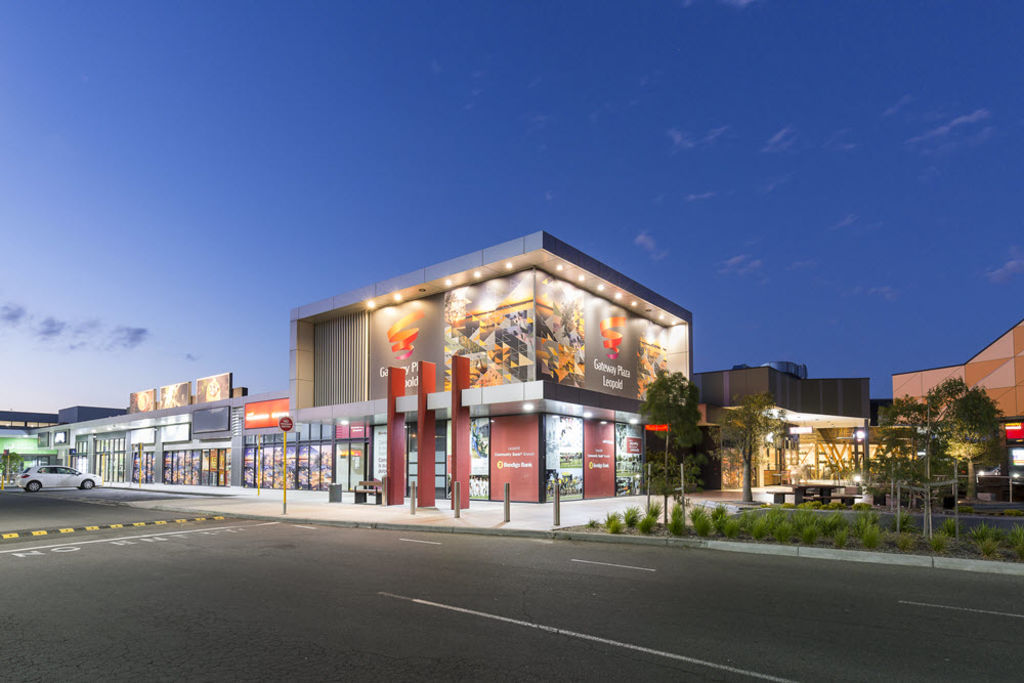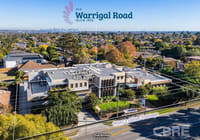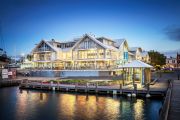
Charter Hall retail fund buys Gateway Plaza in Leopold for $117m
Charter Hall Retail REIT, backed by a wholesale partnership, has bought Gateway Plaza shopping centre on Victoria’s Bellarine Peninsula for $117 million from a Vicinity Centres-run fund.
Joining Charter Hall’s listed retail fund in the transaction is the Charter Hall Prime Retail Fund, which is itself comprised of MTAA Super and Charter Hall Group.
The 33,510-square-metre mall is in Leopold, near Geelong, at the gateway to the Bellarine Peninsula. It was not on Vicinity’s balance sheet, but in a vehicle it manages, the Vicinity Enhanced Retail Fund.
The transaction is separate to a $1 billion tranche of smaller malls that Vicinity announced this week that it will look to divest.
Fully leased, the mall would deliver a net operating income of $7.65 million, giving the deal a yield of about 6.5 per cent.
The Leopold mall was handled by Colliers International’s Lachlan MacGillivray. The sale reflects a 0.3 per cent premium to book value.
“The investment into a high-quality convenience-plus centre like Gateway Plaza aligns with the REIT’s investment strategy and follows our other acquisitions in fast-growing metropolitan locations,” said Charter Hall’s chief executive for retail, Greg Chubb.
“The centre benefits from strong anchor covenants with fixed annual growth from both Bunnings and Aldi,” Mr Chubb added.
The Charter Hall retail fund has been steadily reworking the composition of its portfolio to focus on convenience-based malls as a strategy to best insulate its real estate from headwinds in the retail sector.
By its interim results this year, the trust had divested 11 lower-growth properties for $229.8 million at an average yield of 6.9 per cent.
At the same time it had bought two better performing malls: Salamander Bay in New South Wales and Highfields in Queensland. Those deals totalled $215.5 million at a yield of 6 per cent.
The Leopold centre is anchored by a full-line Coles and Liquorland, Aldi, Kmart and Bunnings, together with two existing pad sites and 54 specialty tenancies.
It has a main trade-area population of 76,250 residents which is projected to grow to more than 88,880 by 2026.
The catchment has an average per capita income 3.25 per cent above the Victorian non-metro average.
“Strategic asset locations, convenience based, dominance within the trade area, and a diverse mix of strongly performing anchor tenants are recurring themes across our resilient non-discretionary retail portfolio,” Mr Chubb said.










